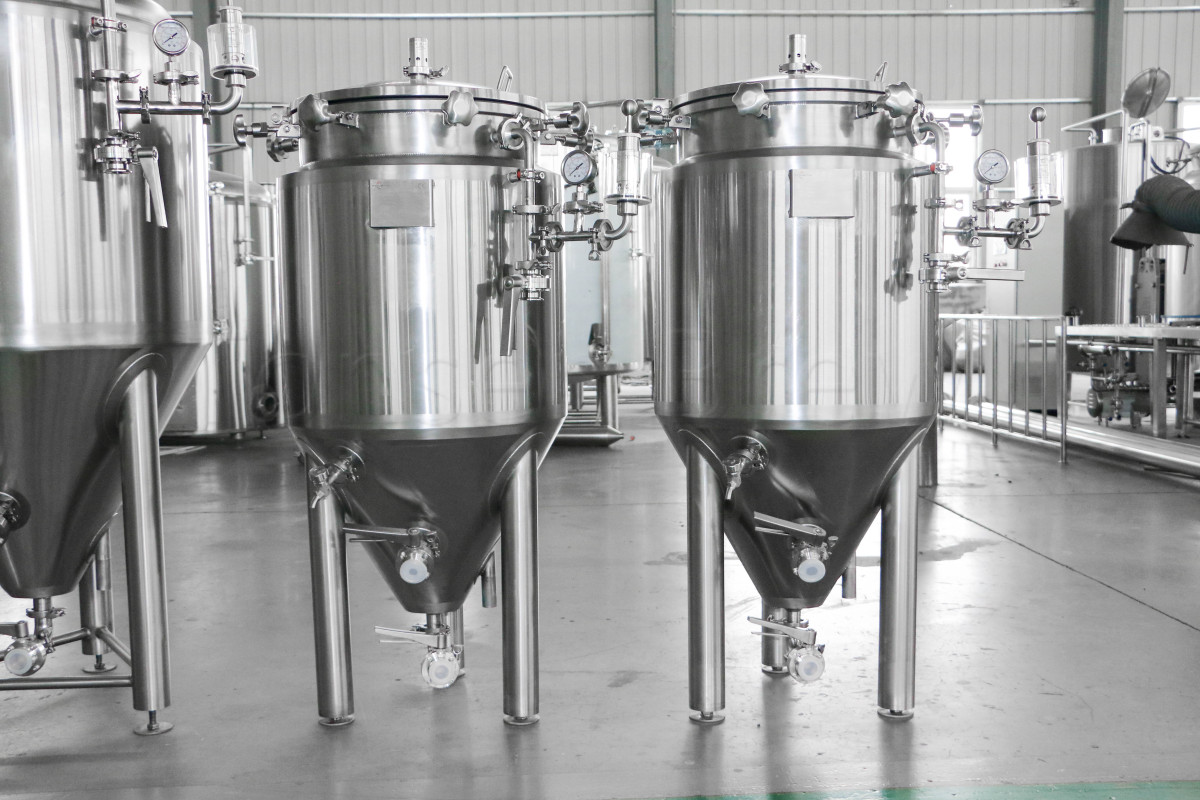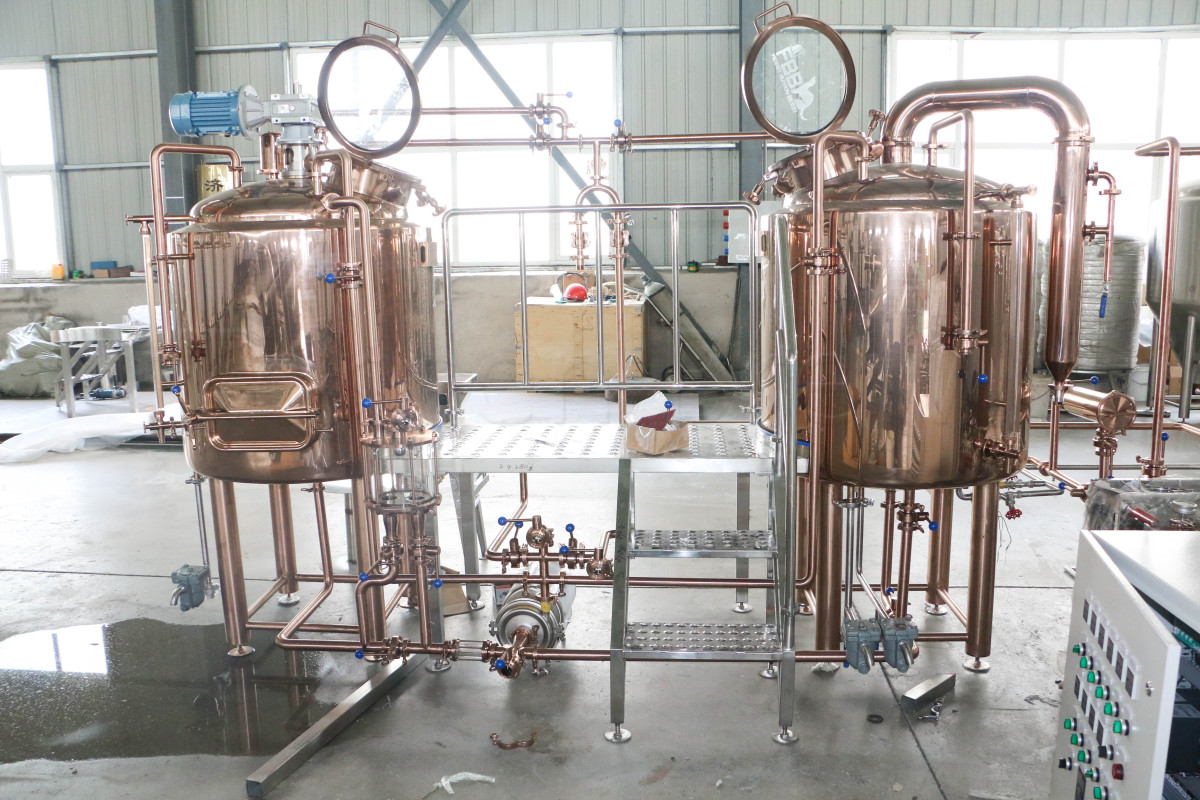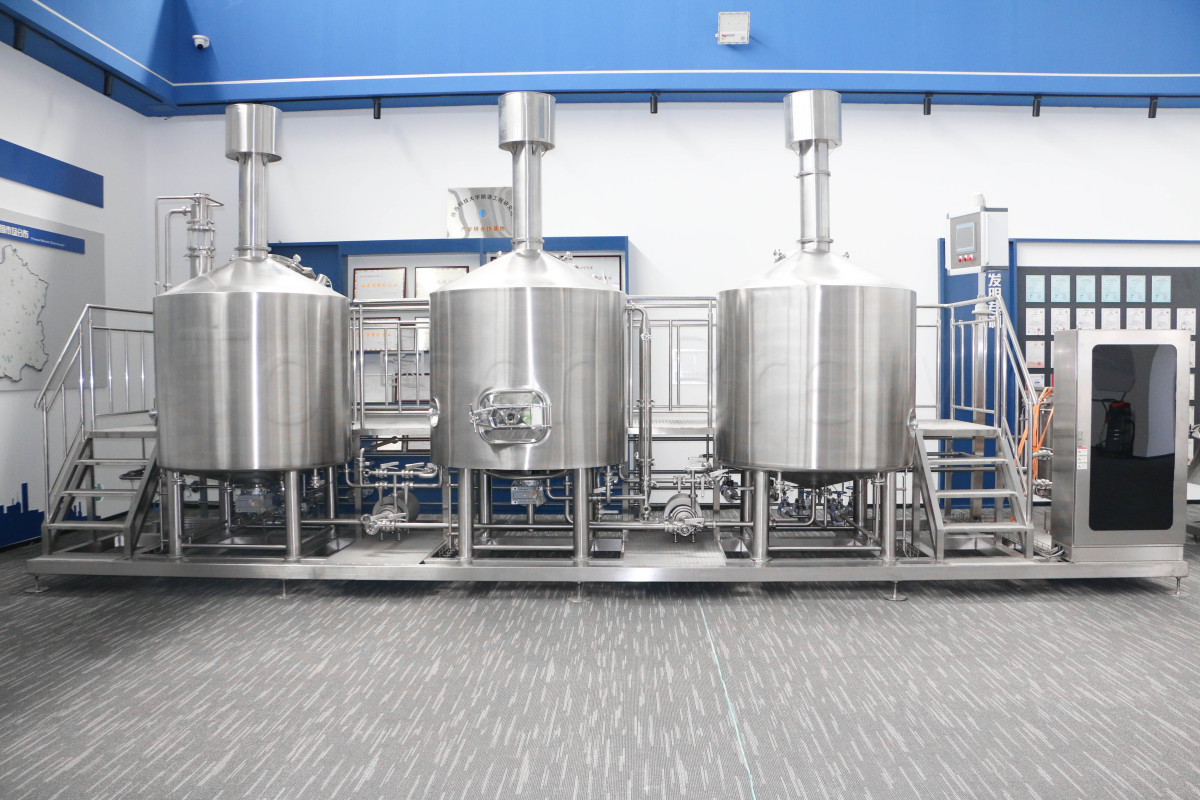Ultimate Guide: Choosing the Right Brewing Equipment for Your Needs
In the world of craft beer, beer brewing has evolved from a niche hobby into a thriving business model. Whether you’re a homebrewer or aspiring to open a brewpub, having the right equipment is crucial. This guide is designed for those who want to understand what it takes to brew quality beer, whether at home or commercially, and how to choose the best equipment for their specific needs.
Understanding the Current State of the Brewing Industry
Home brewing is growing in popularity worldwide, thanks to the availability of complete homebrewing starter kits and the increased access to high-quality ingredients. At the same time, demand for commercial brewing equipment and brewing equipment is growing among small and medium-sized craft brewers. As a result, a wide range of brewing equipment manufacturers have emerged.
For those looking to enter the brewing market, choosing the right equipment can be a daunting decision, as the sheer number of options can lead to confusion.
But no matter what you choose, choosing the right equipment for your needs will ensure you achieve your goal of brewing the perfect beer. Be sure to look for the best entry-level brewing kit or craft beer equipment—all options should match your brewing goals, available space, and expected production. Only by doing so can you find the right equipment for you, reduce your mistakes, and avoid overspending on your budget.

Step 1: Know Your Brewing Goals
Before purchasing any equipment, consider the following factors:
Determine your production scale: Are you brewing 5 gallons of beer for personal use or 500 liters of beer for public sale?
Determine how often you brew: daily, weekly, or monthly?
Set your budget: Initial costs vary greatly, especially between hobbyist and commercial systems.
For new brewers, a best home brewing kit for beginners allows them to learn the brewing process at an affordable price. These kits are usually compact and easy to set up, take up less space, and include essentials such as fermentation buckets, airlocks, and hydrometers.
If your goal is to expand, you should research the list of brewing equipment for sale on the market for home brew pubs or brewing equipment that offers larger capacity stainless steel systems to determine the brewing equipment you should choose based on market demand.
Step 2: Choose the Right Starter Kit
If you are just starting out and want to start a brewing business, you can choose a complete home brewing starter kit that is well reviewed and popular in the market. The reputation and product quality of the manufacturer of the beer equipment must be verified by the market. And it contains everything you need to start brewing from day one.
You can choose based on the following features:
Easy to clean components
Clear instructions
Beer bottles nearby for easy packaging of beer
You can also choose the equipment based on the equipment. The most popular equipment slogans on the market include:
The best home brewing kit for beginners
The best beer brewing kit for beginners
The best home brewing kit
These kits usually support extraction brewing, which simplifies the process and reduces the complexity of the equipment.
Step 3: Scaling Up – Commercialization
Once you have mastered the basics and want to expand your brewing business, it’s time to consider commercial-grade systems. Commercial beer brewing equipment ranges from 100-liter pilot systems to complete brewing equipment of 1,000 liters and above.
Key components include: wort barrels, lauter tuns, fermenters, clear tanks, kegs and bottling lines.
When browsing websites or marketplaces to select brewing equipment for sale, be sure to choose systems made of stainless steel – this not only ensures durability, but also helps maintain sanitary conditions during the brewing process.
For those entering the hospitality industry, home brew bar equipment packages for sale are often optimized for on-site production and service. These equipment may include microbreweries, keg washers and compact fermenters.

Step 4: Local vs. International Sourcing
Many aspiring brewers look for brewing equipment for sale on local social platforms by searching for «beer brewing supplies near me» or «home brewing stores near me». Local sourcing can shorten shipping time and provide on-site support, but international suppliers can provide better prices and larger-scale solutions.
Both purchasing methods have their own benefits and advantages, but when making a choice, you should choose according to your own situation. Don’t blindly expand.
When evaluating options, pay attention to the following:
Warranty and support
Installation services
Equipment certification
Technical training availability
If you plan to expand distribution, you need to find a professional beer equipment manufacturer with CE or other certificates, because the safety and sanitation requirements for equipment are relatively high.
Step 5: Core Equipment Breakdown
Whether you are setting up a home brewery or a small craft brewery, you usually need the following brewing equipment:
Brew pot: where the wort is boiled. For home brewing equipment, a 5–10 gallon pot is sufficient.
Fermentation tank: where the magic happens—sugar is converted into alcohol. Conical fermentation tanks are best for large equipment.
Cooling system: a must-have tool for quickly transitioning from boiling temperature to fermentation temperature.
Bottling or kegging tools: depends on how you want to package the beer.
Cleaning tools: sanitation at every stage is critical.
For commercial brewers, the equipment list will expand to include grain grinders, CIP (cleaning in place) systems, and automatic bottling lines.
Step 6: Consider Your Space and Power Requirements
A common mistake beginners make is not measuring available space or verifying power compatibility before purchasing equipment. This can lead to delays in installing the brewing equipment and subsequent rewiring. Commercial equipment typically requires three-phase power, drainage, and reinforced flooring.
Before purchasing any craft beer equipment for sale, ensure your location complies with local zoning, health, and safety regulations.
Step 7: Brew Smarter, Not Harder
With modern technology, brewing doesn’t have to be labor-intensive. Many top-tier home beer brewing kits today feature automated features such as thermostats, timers, and mobile app integration. These features can reduce errors and improve batch consistency.
Smart brewing systems are not only popular among tech-savvy enthusiasts but also serve as valuable pilot systems for large brewers to test new recipes. They are also popular on the market, with a proven track record of quality and customer satisfaction.
Step 8: Beyond Brewing—Packaging and Distribution
If you plan to sell your beer, packaging is crucial. You need reliable suppliers: a local home beer bottle maker, a capper or canner, and a custom labeling solution manufacturer. These are all essential for the final finishing touches of your beer.
You can choose to have local suppliers perform the packaging or purchase these equipment yourself.
Don’t forget marketing. A solid brand strategy and consistent product quality are crucial when expanding your craft beer business.

Conclusion
From brewing beer with a kit to a full-scale operation, the entire process begins with a single batch—but the right equipment is crucial. Whether you’re a passionate homebrewer searching for the best homebrewing kit or a budding brewer exploring commercial brewing equipment, the key is to match your equipment to your vision.
Leverage local resources whenever possible—search for nearby brewing supplies or homebrewing shops—but don’t shy away from global options if they better suit your needs.
With the right planning, equipment, and passion, brewing beer can be not only rewarding but also potentially lucrative. Start small, think big, and brew boldly.

